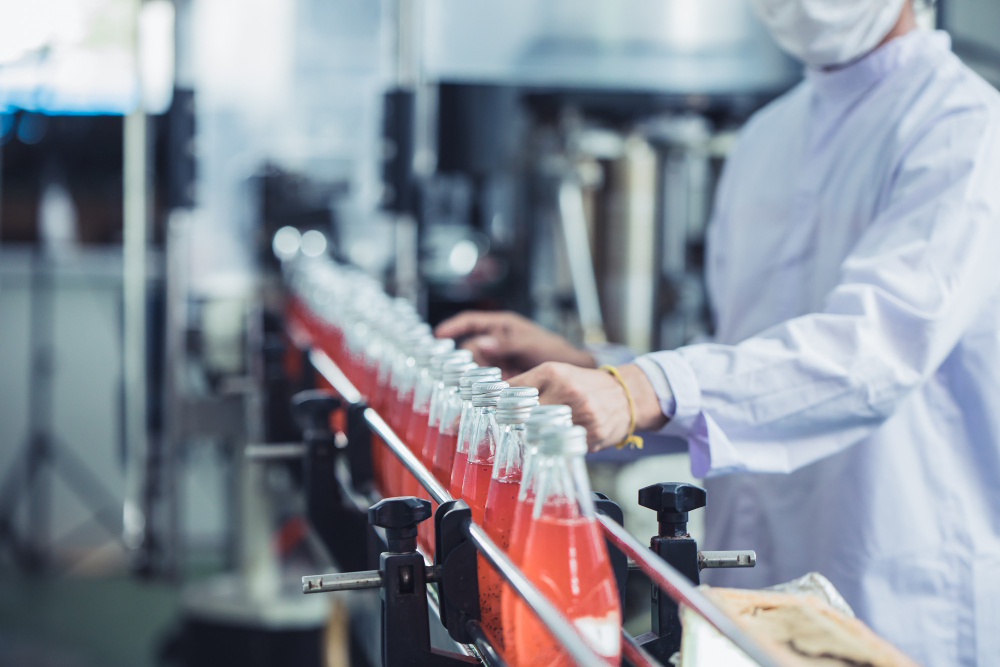Goods abound in today’s market because of the widespread belief that they improve people’s quality of life by doing things like saving time or providing entertainment.

However, with the rapid advancements in technology and the ever-increasing demand for consumer goods, there’s a growing risk of dangerous products making their way into the hands of unsuspecting consumers.
Ensuring product safety is a shared responsibility between regulators, manufacturers, and consumers alike. This article will explore the lessons learned from past mistakes and discuss how regulators and industry can collaborate to improve product safety for a safer tomorrow.
Collaborative Efforts: Regulators and Industry Working Hand-in-Hand
It’s crucial for regulatory bodies and industries to work together in order to establish effective safety standards and guidelines. By maintaining open lines of communication, both parties can share valuable information, develop mutual understanding, and identify potential risks before they become significant issues.
Information Sharing and Transparency
One of the key factors in preventing dangerous defective products from reaching the market is timely access to critical information. Regulators must ensure that manufacturers are aware of the latest safety standards, while industries should be transparent about their production processes and any potential hazards. Open communication and information sharing can lead to more informed decisions and, ultimately, safer products.
Adopting a Proactive Approach
Waiting for accidents to happen and then reacting is simply not enough. Regulators and industries must adopt a proactive approach to identifying potential hazards and addressing them before they result in harm.
This can be achieved through robust risk assessments, rigorous testing procedures, and thorough inspections.
Investing in Research and Development
Both regulators and industries should invest in research and development to identify new technologies and methodologies that can enhance product safety. By staying ahead of the curve, they can introduce innovative solutions that help mitigate risks and improve overall safety standards.
Empowering Consumers: Raising Awareness and Encouraging Vigilance
Consumers play a pivotal role in ensuring product safety, and it’s vital that they’re informed about the potential risks associated with certain products. Regulators and industries should work together to raise awareness, educate consumers, and encourage vigilance.
Promoting Consumer Education
Providing consumers with accessible information about product safety is essential. Regulators and industries should collaborate to develop educational campaigns and resources that empower consumers to make informed decisions and recognize potential hazards.
Encouraging Consumer Feedback
Consumers should be encouraged to report any issues or concerns they have with the products they use. Establishing user-friendly channels for reporting, such as online platforms and helplines, can help identify potential problems early on and contribute to a safer market.
Continuous Improvement: Learning from the Past and Adapting for the Future
In order to ensure product safety, regulators and industries must be willing to learn from past mistakes and adapt their strategies accordingly.
Regularly Reviewing and Updating Safety Standards
As technology evolves and new products emerge, it’s crucial for safety standards to be regularly reviewed and updated. This will help ensure that regulations remain relevant and effective in addressing the risks associated with modern products.
Evaluating the Effectiveness of Regulations
Regulators should continuously evaluate the effectiveness of their regulations and industry compliance. By analyzing data, conducting audits, and reviewing case studies, they can identify areas for improvement and implement necessary changes.
Conclusion
The lessons learned from past incidents involving dangerous defective products are invaluable in shaping the way forward for product safety. By fostering a collaborative approach between regulators and industries, promoting consumer education and vigilance, and continuously adapting to new challenges, we can pave the way for a safer tomorrow.

